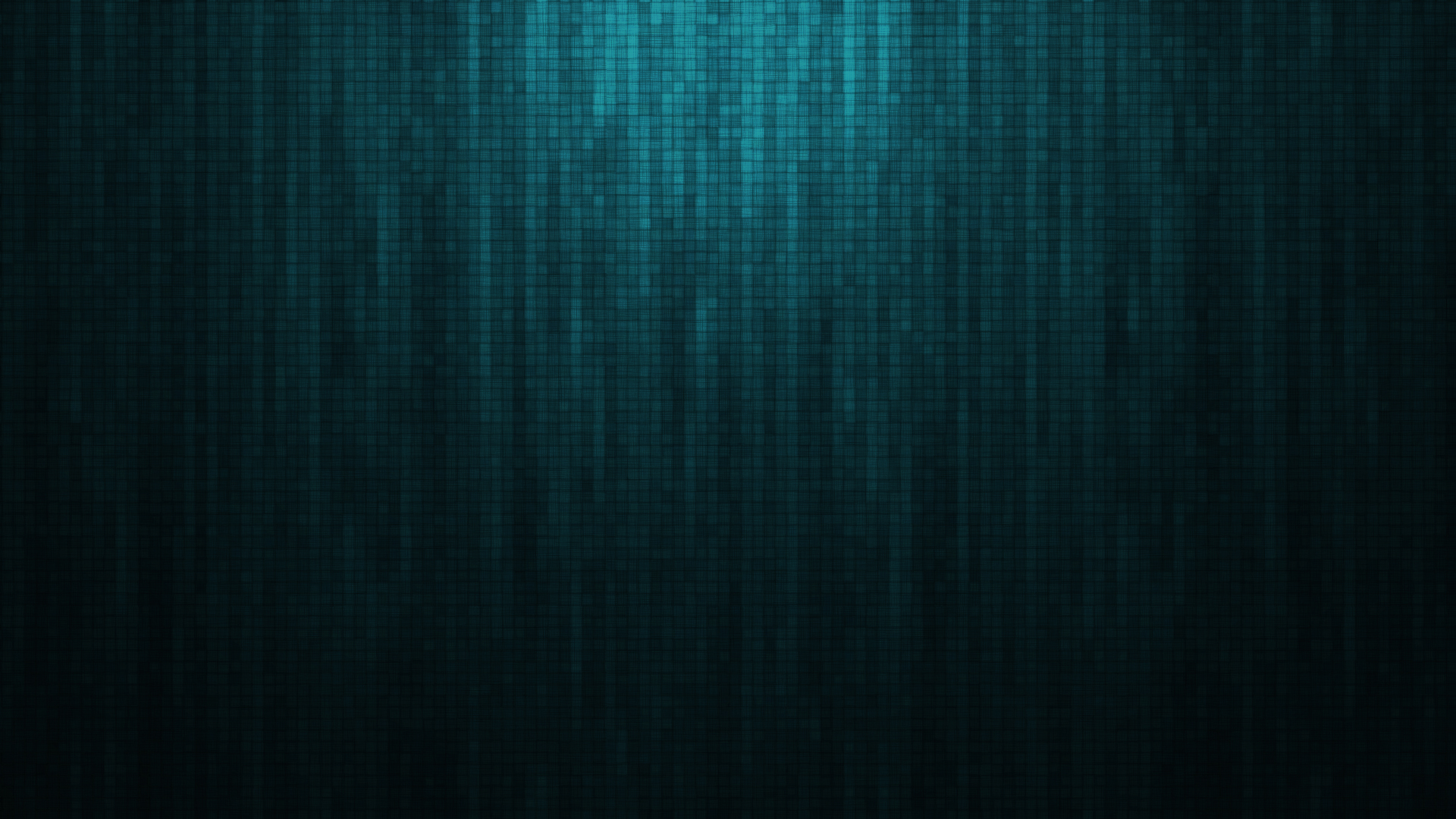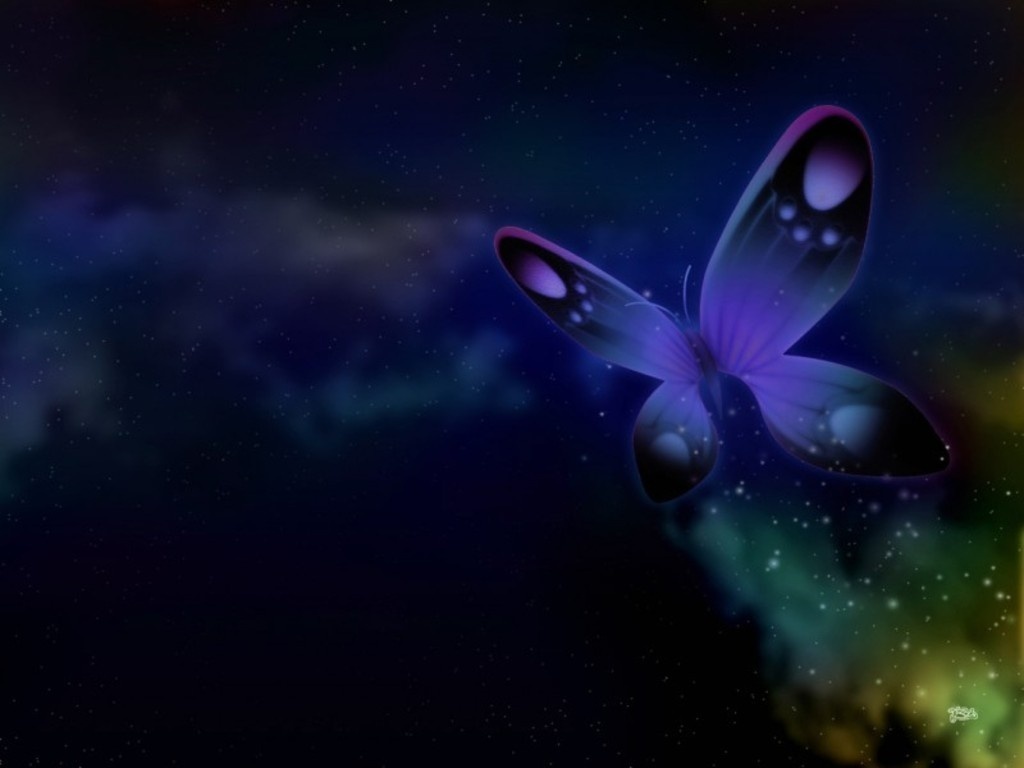Source(google.com.pk)
Blue Wallpaper Biography
The earliest confirmed 3D film shown to a paying audience was The Power of Love, which premiered at the Ambassador Hotel Theater in Los Angeles on 27 September 1922.[5][6][7] The camera rig was a product of the film's producer, Harry K. Fairall, and cinematographer Robert F. Elder.[2] It was projected dual-strip in the red/green anaglyph format, making it both the earliest known film that utilized dual strip projection and the earliest known film in which anaglyph glasses were used.[8] Whether Fairall used colored filters on the projection ports or whether he used tinted prints is unknown. After a preview for exhibitors and press in New York City, the film dropped out of sight, apparently not booked by exhibitors, and is now considered lost.
Early in December 1922, William Van Doren Kelley, inventor of the Prizma color system, cashed in on the growing interest in 3D films started by Fairall's demonstration and shot footage with a camera system of his own design. Kelley then struck a deal with Samuel "Roxy" Rothafel to premiere the first in his series of "Plasticon" shorts entitled Movies of the Future at the Rivoli Theater in New York City .[9]
Also in December 1922, Laurens Hammond (later inventor of the Hammond organ) and William F. Cassidy unveiled their Teleview system. Teleview was the earliest alternate-frame sequencing form of film projection. Through the use of two interlocked projectors, alternating left/right frames were projected one after another in rapid succession. Synchronized viewers attached to the arm-rests of the seats in the theater open and closed at the same time, and took advantage of the viewer's persistence of vision, thereby creating a true stereoscopic image. The only theater known to have installed this system was the Selwyn Theater in New York. Only one show was ever produced for the system, a groups of shorts and the only Teleview feature The Man From M.A.R.S. (later re-released as Radio-Mania) on December 27, 1922 in New York City.[10]
In 1922, Frederic Eugene Ives and Jacob Leventhal began releasing their first stereoscopic shorts made over a three-year period. The first film entitled, Plastigrams, which was distributed nationally by Educational Pictures in the red/blue anaglyph format. Ives and Leventhal then went on to produce the following stereoscopic shorts in the "Stereoscopiks Series" for Pathé Films in 1925: Zowie (April 10), Luna-cy! (May 18), The Run-Away Taxi (December 17) and Ouch (December 17).[11] On 22 September 1924, Luna-cy! was re-released in the DeForest Phonofilm sound-on-film system.[12]
The late 1920s to early 1930s saw little to no interest in stereoscopic pictures, largely due to the Great Depression. In Paris, Louis Lumiere shot footage with his stereoscopic camera in September 1933. The following March he premiered a remake of his 1895 film L'Arrivée du Train, this time in anaglyphic 3D, at a meeting of the French Academy of Science.[13]
In 1936, Leventhal and John Norling were hired based on their test footage to film MGM's Audioscopiks series. The prints were by Technicolor in the red/green anaglyph format, and were narrated by Pete Smith. The first film, Audioscopiks, premiered January 11, 1936 and The New Audioscopiks premiered January 15, 1938. Audioscopiks was nominated for the Academy Award in the category Best Short Subject, Novelty in 1936.
With the success of the two Audioscopiks films, MGM produced one more short in anaglyph 3D, another Pete Smith Specialty called Third Dimensional Murder (1941). Unlike its predecessors, this short was shot with a studio-built camera rig. Prints were by Technicolor in red/blue anaglyph. The short is notable for being one of the few live-action appearances of the Frankenstein Monster as conceived by Jack Pierce for Universal Studios outside of their company.
While many of these films were printed by color systems, none of them was actually in color, and the use of the color printing was only to achieve an anaglyph effect.

 Blue Wallpaper
Blue Wallpaper
 Blue Wallpaper
Blue Wallpaper
 Blue Wallpaper
Blue Wallpaper
 Blue Wallpaper
Blue Wallpaper
 Blue Wallpaper
Blue Wallpaper
 Blue Wallpaper
Blue Wallpaper
 Blue Wallpaper
Blue Wallpaper
 Blue Wallpaper
Blue Wallpaper
 Blue Wallpaper
Blue Wallpaper
Blue Wallpaper Biography
The earliest confirmed 3D film shown to a paying audience was The Power of Love, which premiered at the Ambassador Hotel Theater in Los Angeles on 27 September 1922.[5][6][7] The camera rig was a product of the film's producer, Harry K. Fairall, and cinematographer Robert F. Elder.[2] It was projected dual-strip in the red/green anaglyph format, making it both the earliest known film that utilized dual strip projection and the earliest known film in which anaglyph glasses were used.[8] Whether Fairall used colored filters on the projection ports or whether he used tinted prints is unknown. After a preview for exhibitors and press in New York City, the film dropped out of sight, apparently not booked by exhibitors, and is now considered lost.
Early in December 1922, William Van Doren Kelley, inventor of the Prizma color system, cashed in on the growing interest in 3D films started by Fairall's demonstration and shot footage with a camera system of his own design. Kelley then struck a deal with Samuel "Roxy" Rothafel to premiere the first in his series of "Plasticon" shorts entitled Movies of the Future at the Rivoli Theater in New York City .[9]
Also in December 1922, Laurens Hammond (later inventor of the Hammond organ) and William F. Cassidy unveiled their Teleview system. Teleview was the earliest alternate-frame sequencing form of film projection. Through the use of two interlocked projectors, alternating left/right frames were projected one after another in rapid succession. Synchronized viewers attached to the arm-rests of the seats in the theater open and closed at the same time, and took advantage of the viewer's persistence of vision, thereby creating a true stereoscopic image. The only theater known to have installed this system was the Selwyn Theater in New York. Only one show was ever produced for the system, a groups of shorts and the only Teleview feature The Man From M.A.R.S. (later re-released as Radio-Mania) on December 27, 1922 in New York City.[10]
In 1922, Frederic Eugene Ives and Jacob Leventhal began releasing their first stereoscopic shorts made over a three-year period. The first film entitled, Plastigrams, which was distributed nationally by Educational Pictures in the red/blue anaglyph format. Ives and Leventhal then went on to produce the following stereoscopic shorts in the "Stereoscopiks Series" for Pathé Films in 1925: Zowie (April 10), Luna-cy! (May 18), The Run-Away Taxi (December 17) and Ouch (December 17).[11] On 22 September 1924, Luna-cy! was re-released in the DeForest Phonofilm sound-on-film system.[12]
The late 1920s to early 1930s saw little to no interest in stereoscopic pictures, largely due to the Great Depression. In Paris, Louis Lumiere shot footage with his stereoscopic camera in September 1933. The following March he premiered a remake of his 1895 film L'Arrivée du Train, this time in anaglyphic 3D, at a meeting of the French Academy of Science.[13]
In 1936, Leventhal and John Norling were hired based on their test footage to film MGM's Audioscopiks series. The prints were by Technicolor in the red/green anaglyph format, and were narrated by Pete Smith. The first film, Audioscopiks, premiered January 11, 1936 and The New Audioscopiks premiered January 15, 1938. Audioscopiks was nominated for the Academy Award in the category Best Short Subject, Novelty in 1936.
With the success of the two Audioscopiks films, MGM produced one more short in anaglyph 3D, another Pete Smith Specialty called Third Dimensional Murder (1941). Unlike its predecessors, this short was shot with a studio-built camera rig. Prints were by Technicolor in red/blue anaglyph. The short is notable for being one of the few live-action appearances of the Frankenstein Monster as conceived by Jack Pierce for Universal Studios outside of their company.
While many of these films were printed by color systems, none of them was actually in color, and the use of the color printing was only to achieve an anaglyph effect.
Blue Wallpaper

Blue Wallpaper









No comments:
Post a Comment